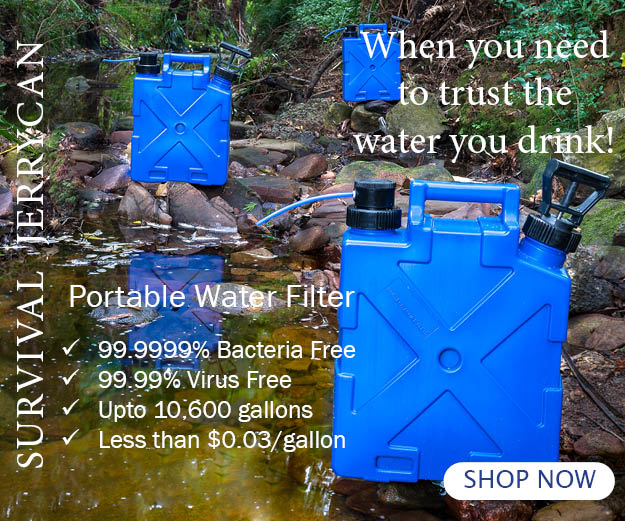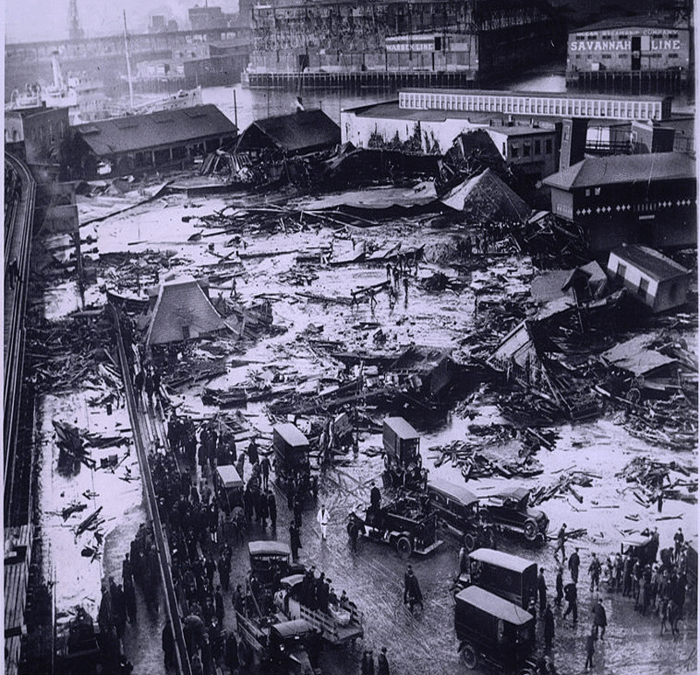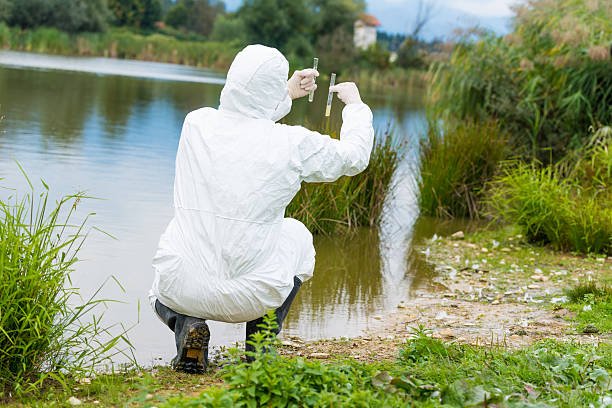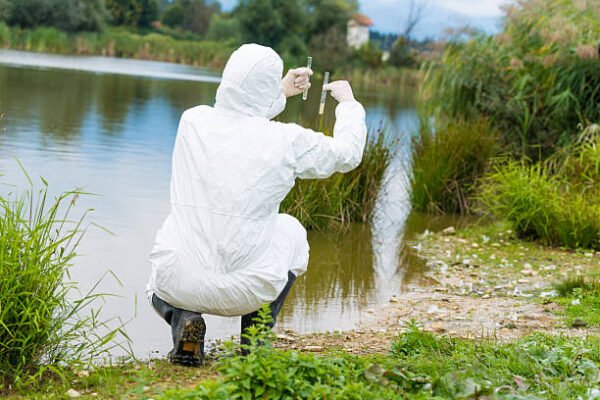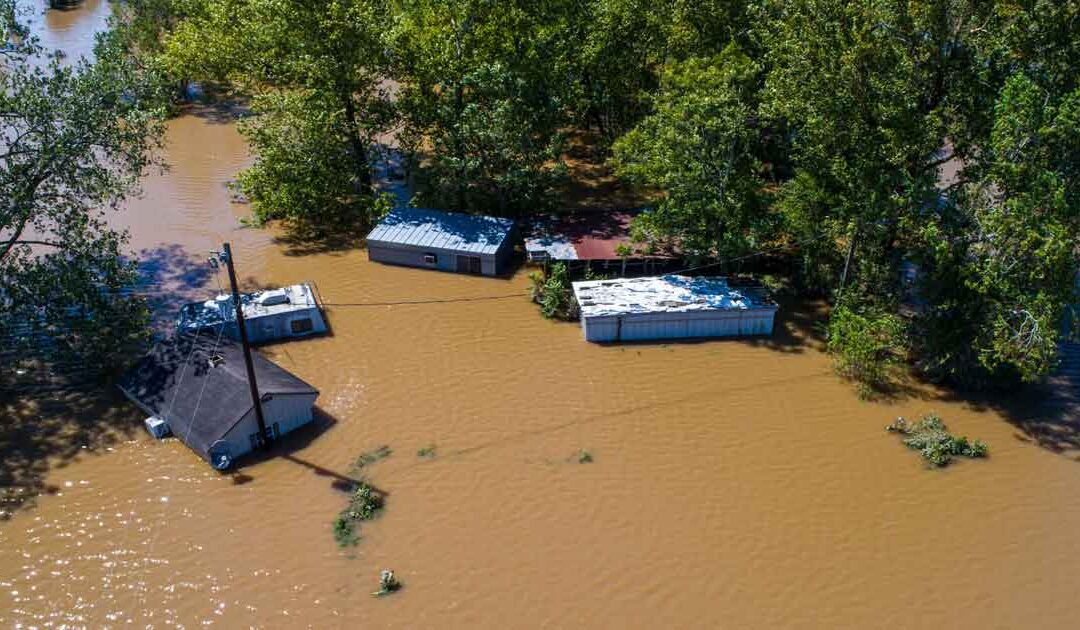
Emergency Water Filter
Be Prepared for a Disaster or Emergency
With regular monotonous occurrences, natural disasters are happening in every continent of the world every single day, from typhoons to tornadoes to earthquakes to floods to bushfires that disrupt, injury, damage infrastructures like roads, hospitals, communication systems, and water treatments plants.
Did you know that approximately 1 in 4 people who travel for over a week will become ill (some studies show even higher) due to contaminated water?
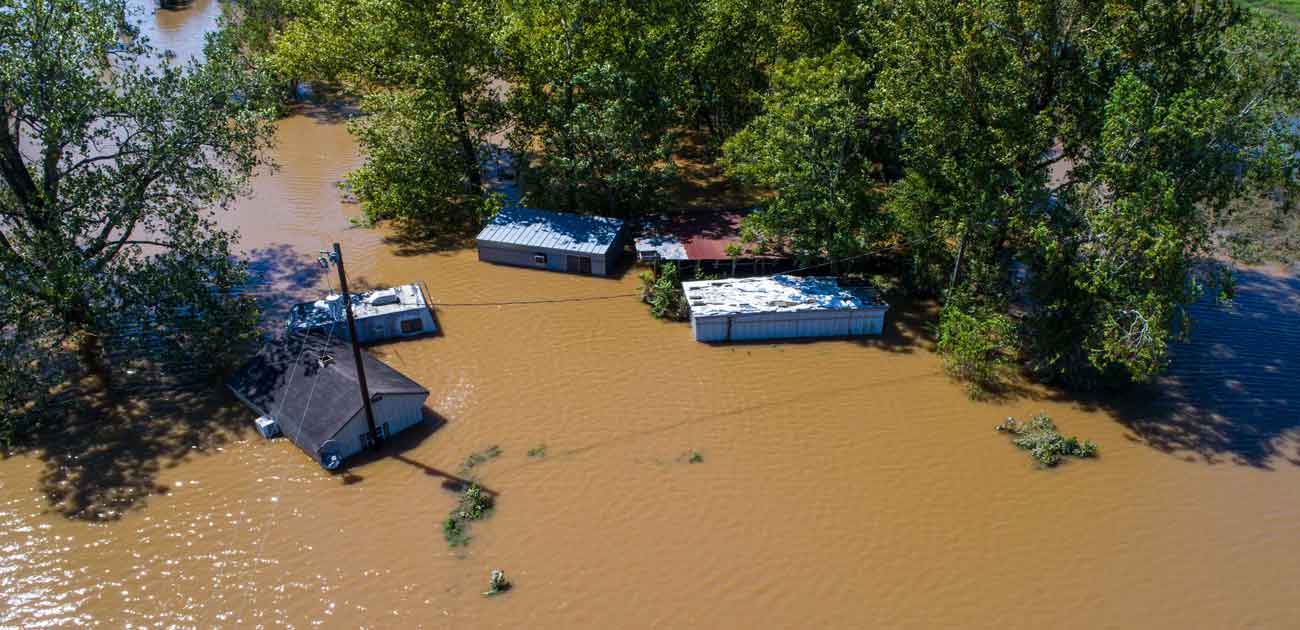
So doesn’t it make sense to include a chemical-free water filtration device to allow you to have access to clean, safe water?
The SureAquaCorp product range can help support yours through your hour of need.
An Emergency may not be of the same scale as a natural disaster; it may as small but not less critical of going on a 2-hour walk that lasts 10 hours. At that time, you become dehydrated because you ran out of clean water and didn’t want to risk getting diarrhea or gastroenteritis.
Emergency and Disaster Situations
One of the main infrastructure items that are susceptible to an Emergency or Disaster situation is water supply. In floods, raw sewage can leak into the waterways; In earthquakes water-carrying pipes may break, letting in bacteria and the like into the water system. In tornadoes, city breakwaters break flooding cities.
So why not prepare your family and yourself for in a Disaster or Emergency Situation?
In any Emergency or Disaster kit, you should never ignore one of the essential items, the ability to have access to clean drinking water for up to several months. Imagine how many bottles of water would equate for an average household.
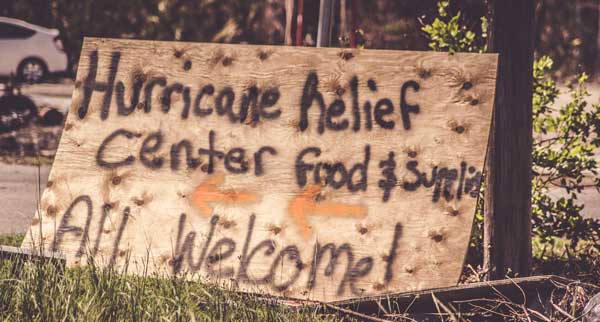
To makes things more complicated, should you have no bottled water, you would have to wait, for how long, for a State Emergency Officer to attend to you firstly than organize adequate supplies if they have it hand Depending on the size of the disaster the volume of bottled water may not be available.
The SureAqua Survival Jerrycan can provide a small compact, lightweight, long term (long shelf life), the product that can be stored easily at home or in the camper in the camper.
The SureAqua will last for many months of use as it filters 40,000 litre (132 gallons), making it an essential element of Disaster or Emergency Kit. The SureAqua products can support you in providing one of the essential elements to keeping healthy after a natural disaster. The provision of safe, healthy drinking water. All our products remove 99.9999% of unwanted bacteria, protozoa’s cysts, like Giardia and Cryptosporidium as well as removing 99.99% Viruses.
Water can be taken from virtually any source, municipal tap water, bottled water, freshwater lake, and creek water filter, and be drunk with confidence that the water is free from waterborne bacteria, parasites, and cysts (oocysts).
It is commonly known that water purification chemicals are not able to kill off the potentially deadly Giardia and Cryptosporidium. Chemicals are not able to penetrate the hard shells of the cysts. Besides the water tasting dreadful, it is ineffective.
Care must be taken, in not too believe that the water is free of bacteria. Giardia and Cryptosporidium cysts when the water is clear and turbid free. These bacteria, cysts, oocysts, and viruses are not able to be seen by the naked eye. They range from 3-15 microns in size, that’s 3-15 millionths of a meter, some 100 times smaller than the thickness of a human hair.
Are you willing to take the risk? You would agree for a very small investment to avoid gastroenteritis, Giardiasis, or Cryptosporidiosis is well worthwhile.
How Can Survival Jerrycan increase access to water in an emergency or disaster situation and reduce Carbon Footprint?
When a person uses SureAqua Survival Jerrycan, this will replace the need to have the energy required to produce and transport 40,000 bottles of water.
In a major disaster situation, there may require many large air freight cargo planes just to transport the water to the disaster zone.
If using the SureAqua products, this is almost negligible.
In most disaster situations, access to water is not an issue. Instead, access to clean, safe water is the issue.
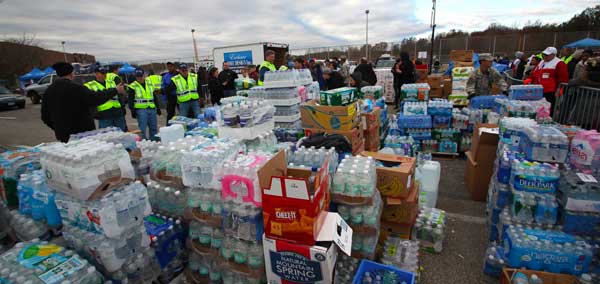
Due to the size and weight of the SureAqua products, it makes for easy and fast transportation and distribution. This directly results in faster access to water for those in disaster situations.
Another differentiator is the green aspect. Assuming you required 100 bottles of water during the period, each plastic bottle creates approximately 1,000 grams of carbon gas, equating to 100 kg of carbon gas compared to 2,50 kg to make each SureAquaCorp product. A massive differential!
This is not even mentioning the requirement to dispose of the bottle rubbish generated.
The SureAquaCorp product range makes sense at all levels. Why wait?

